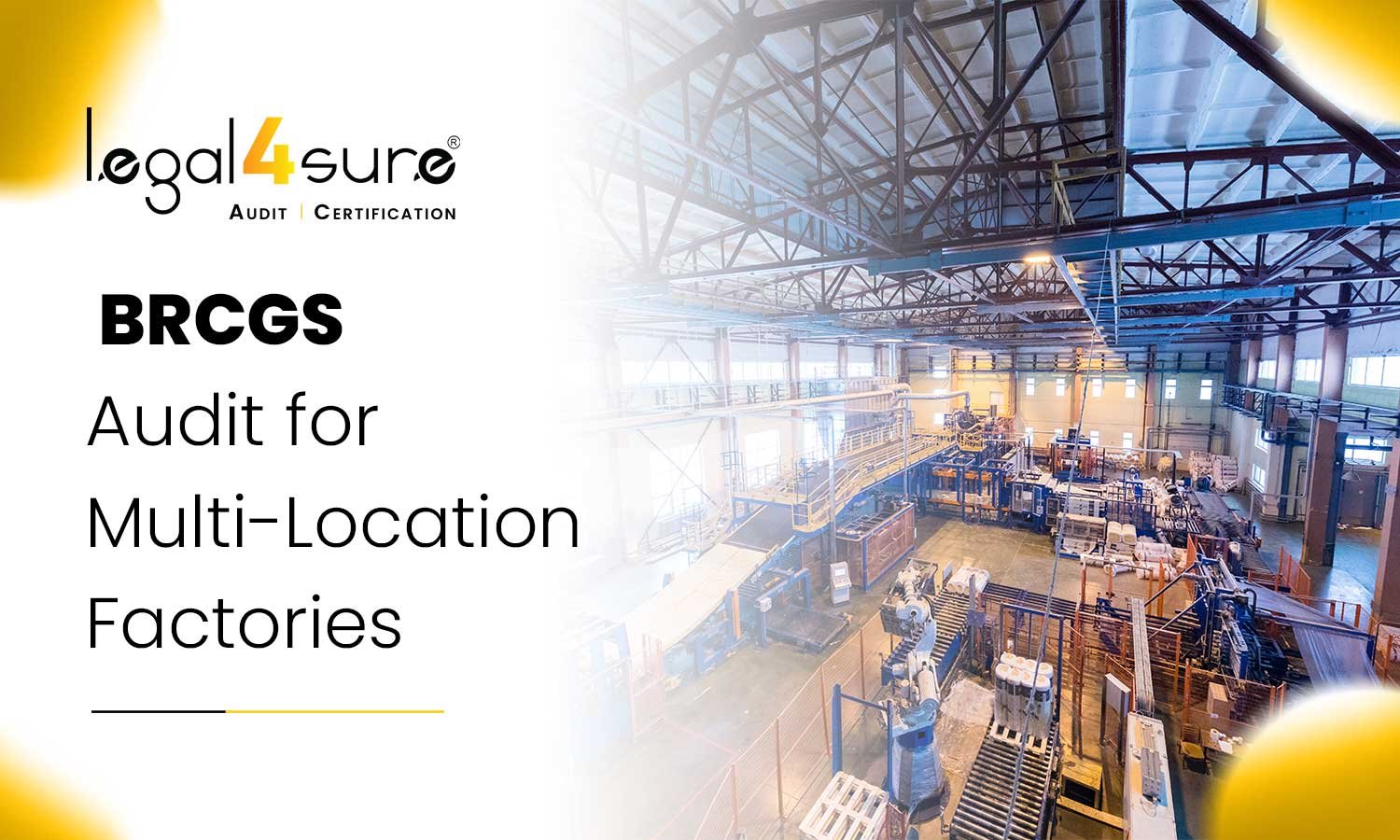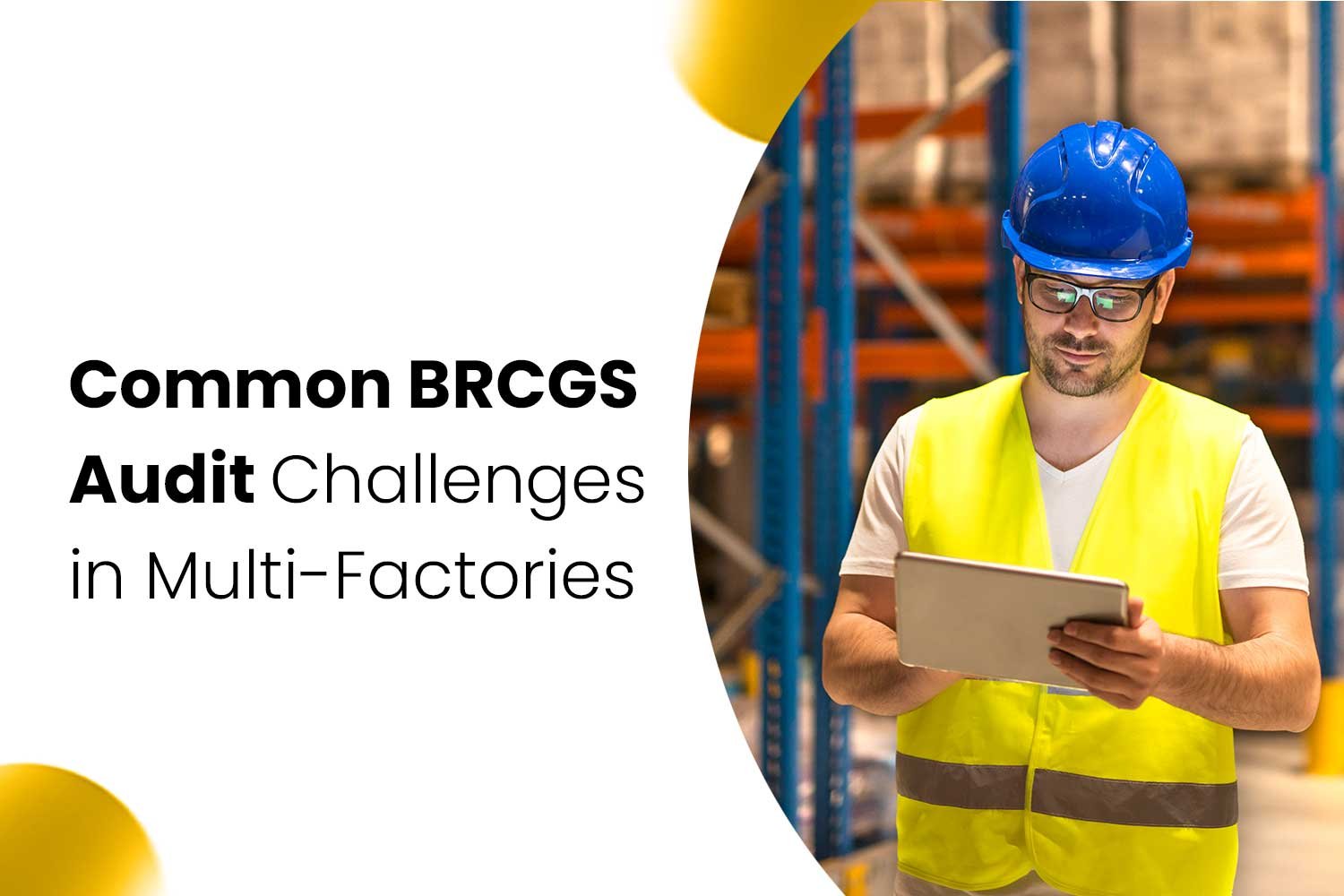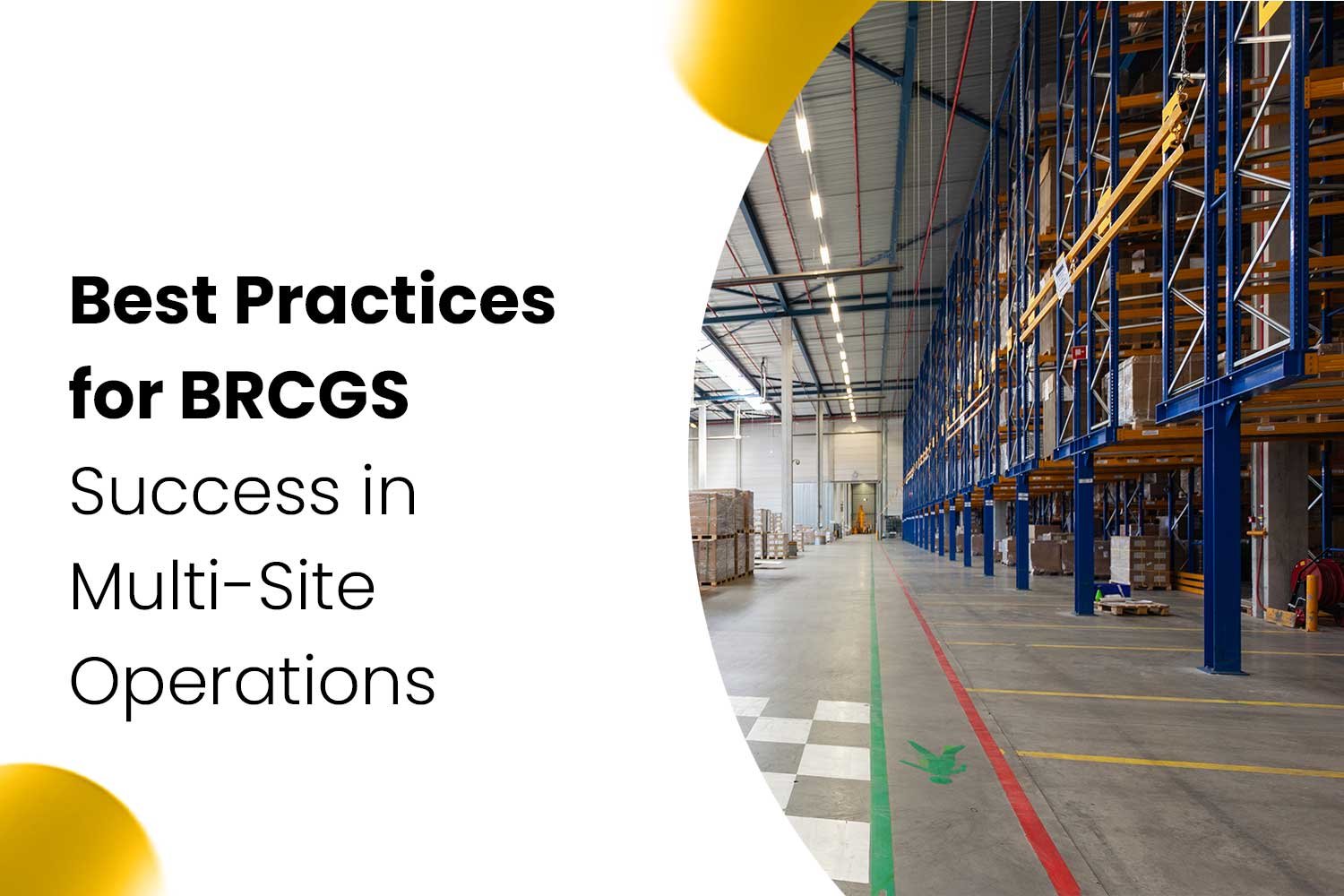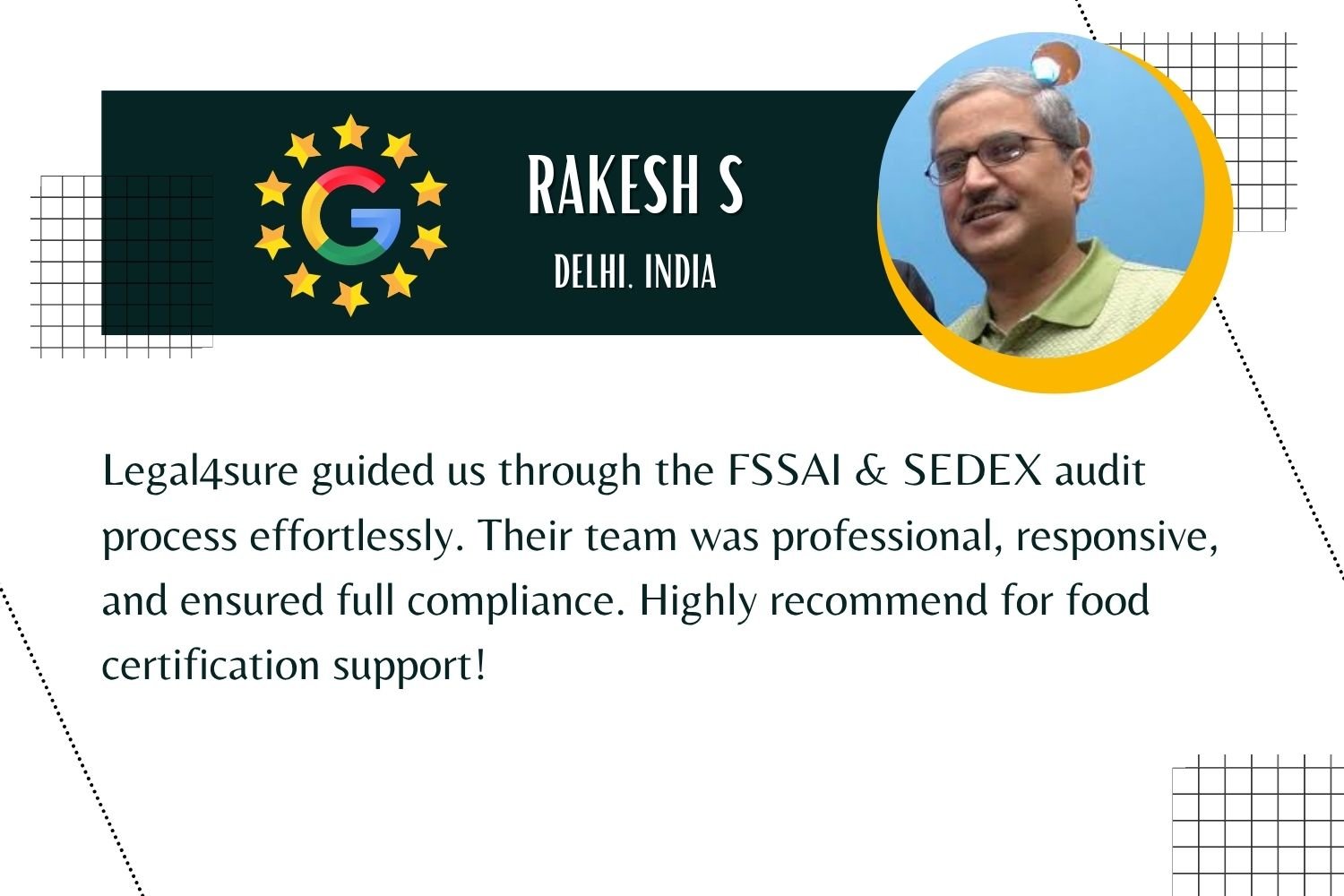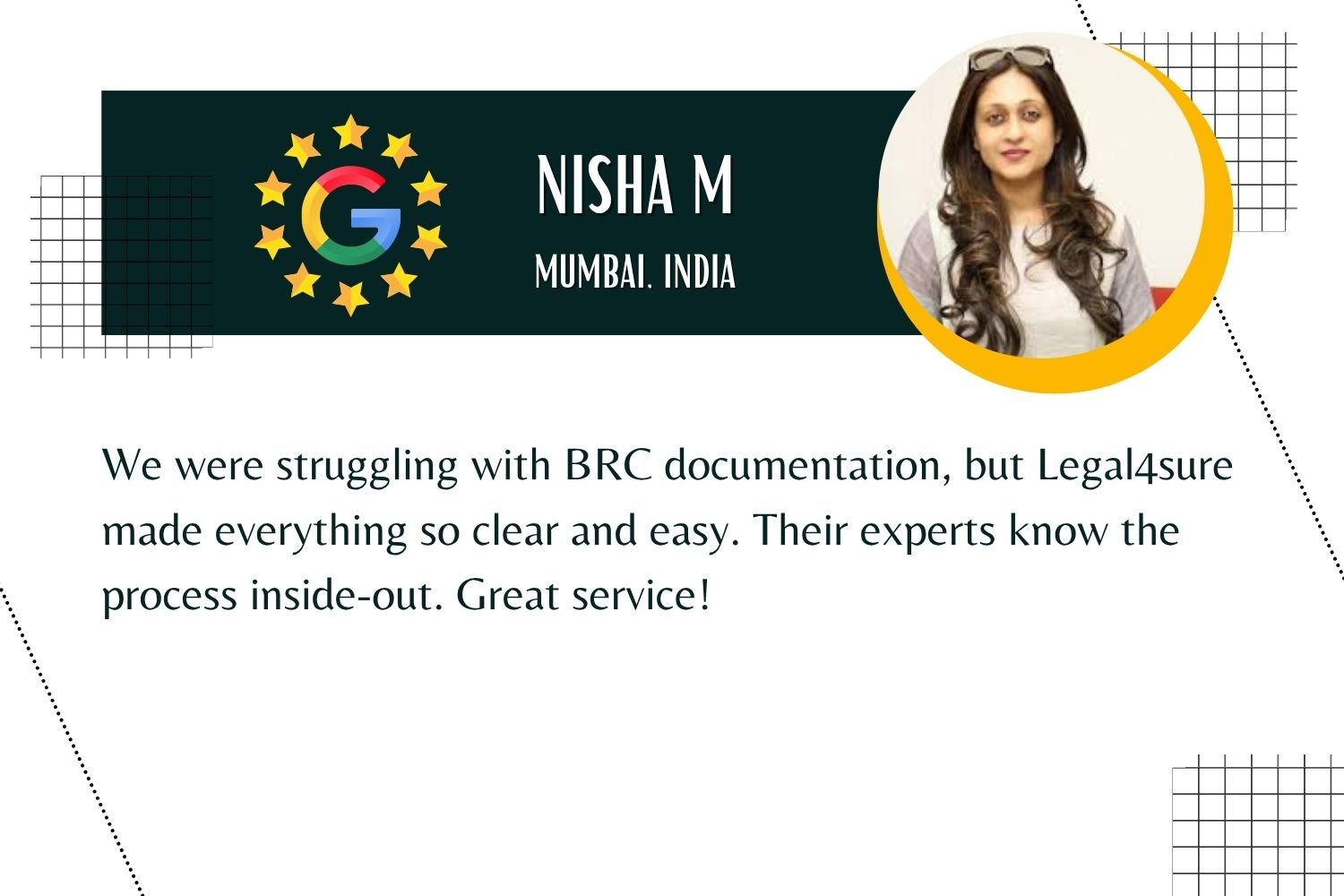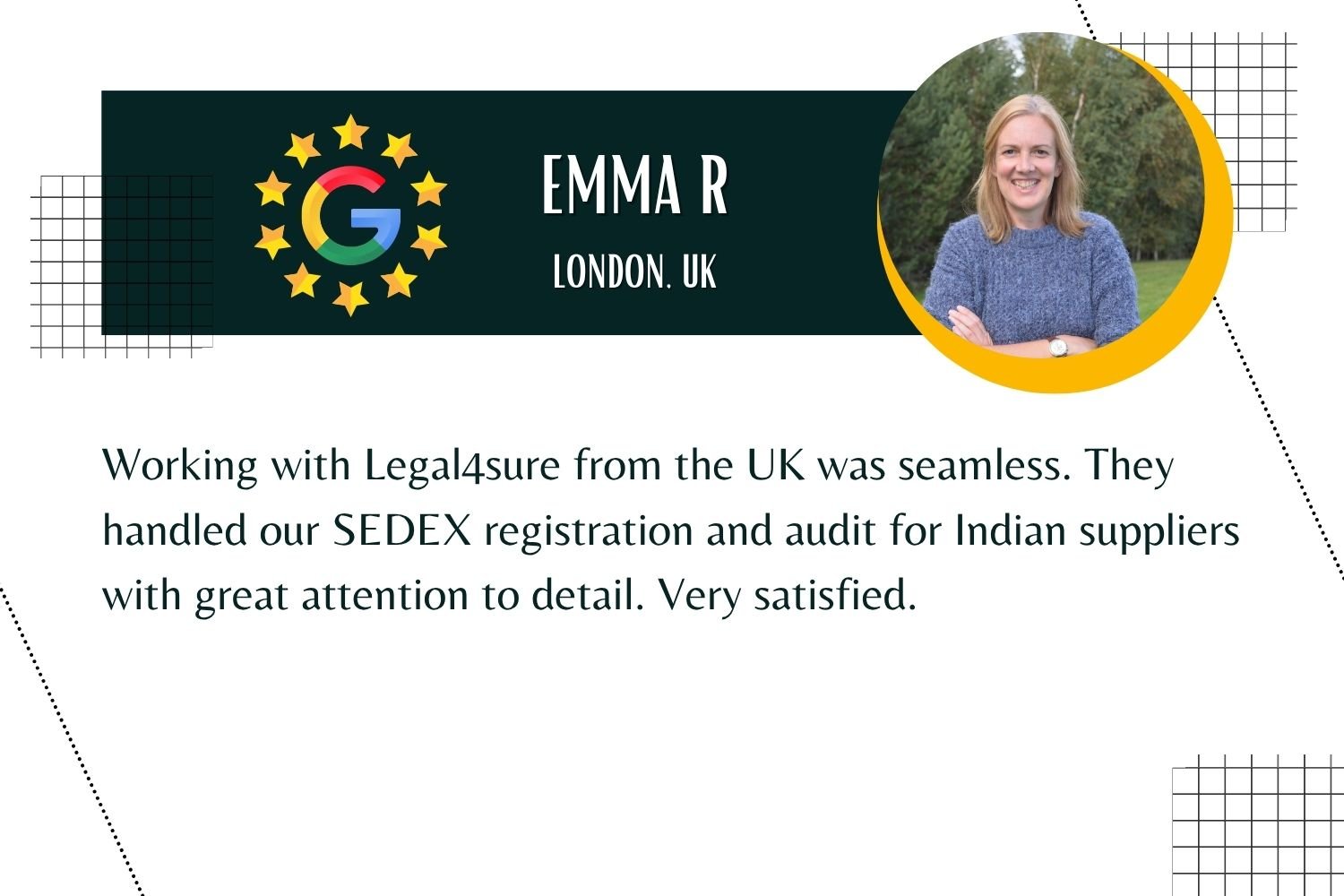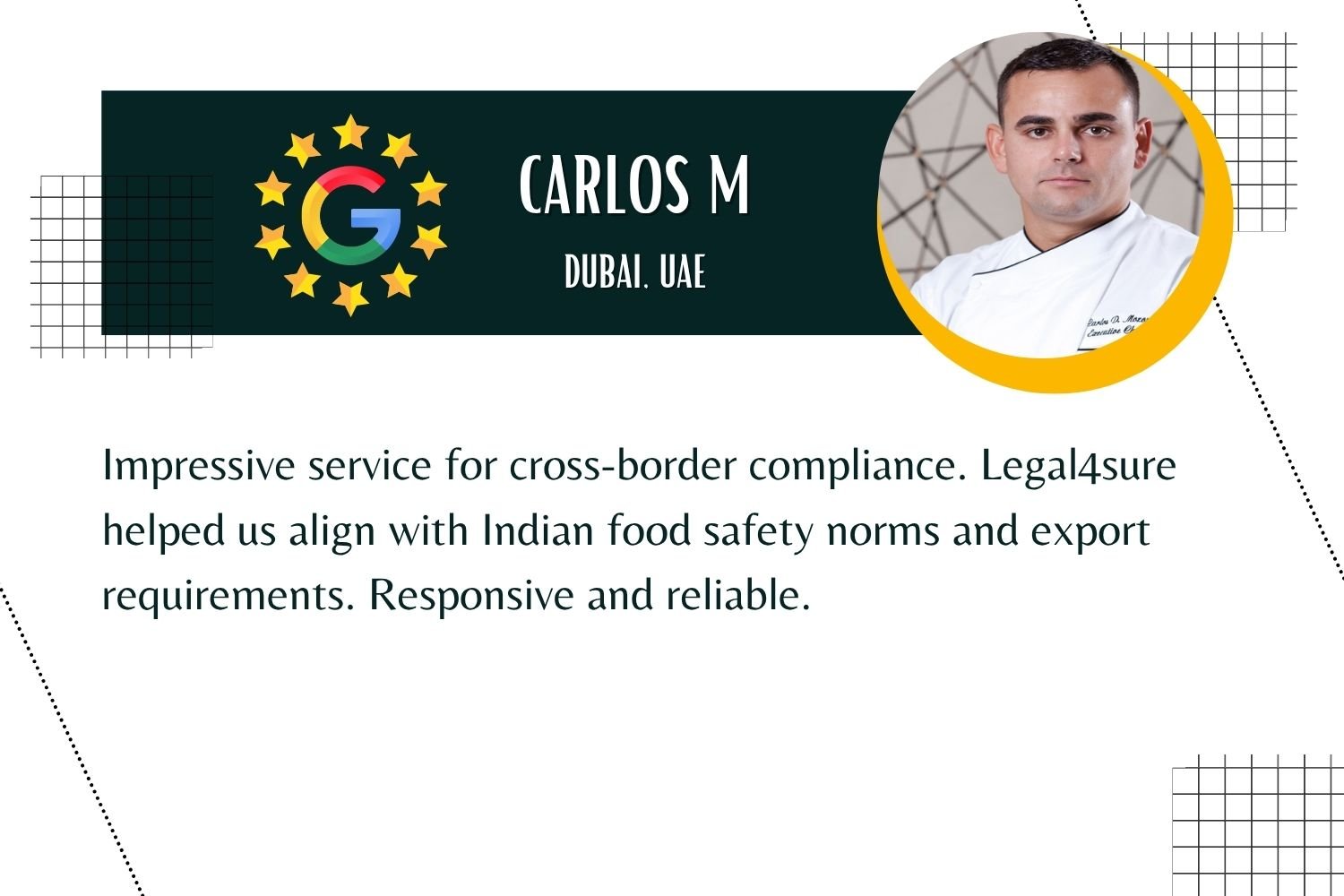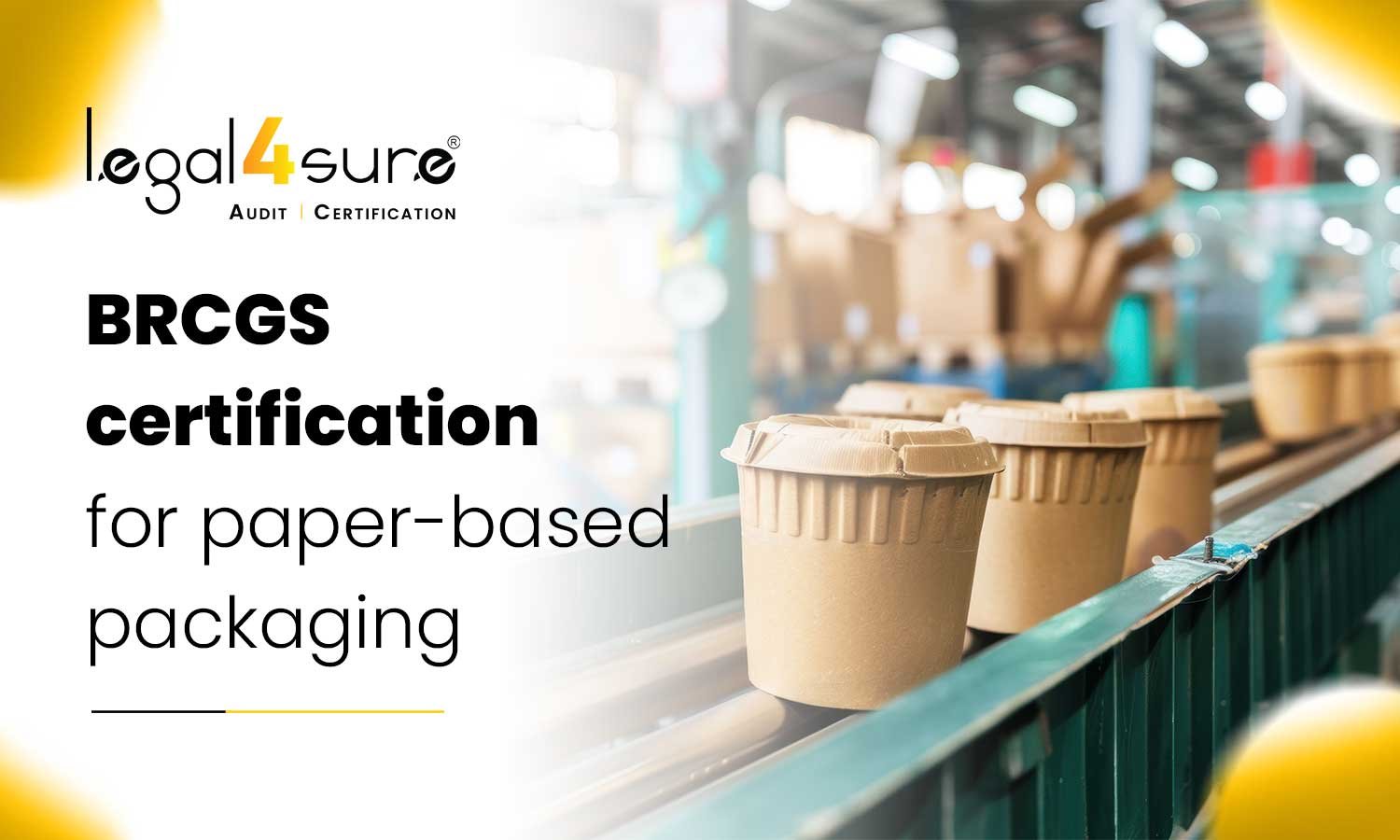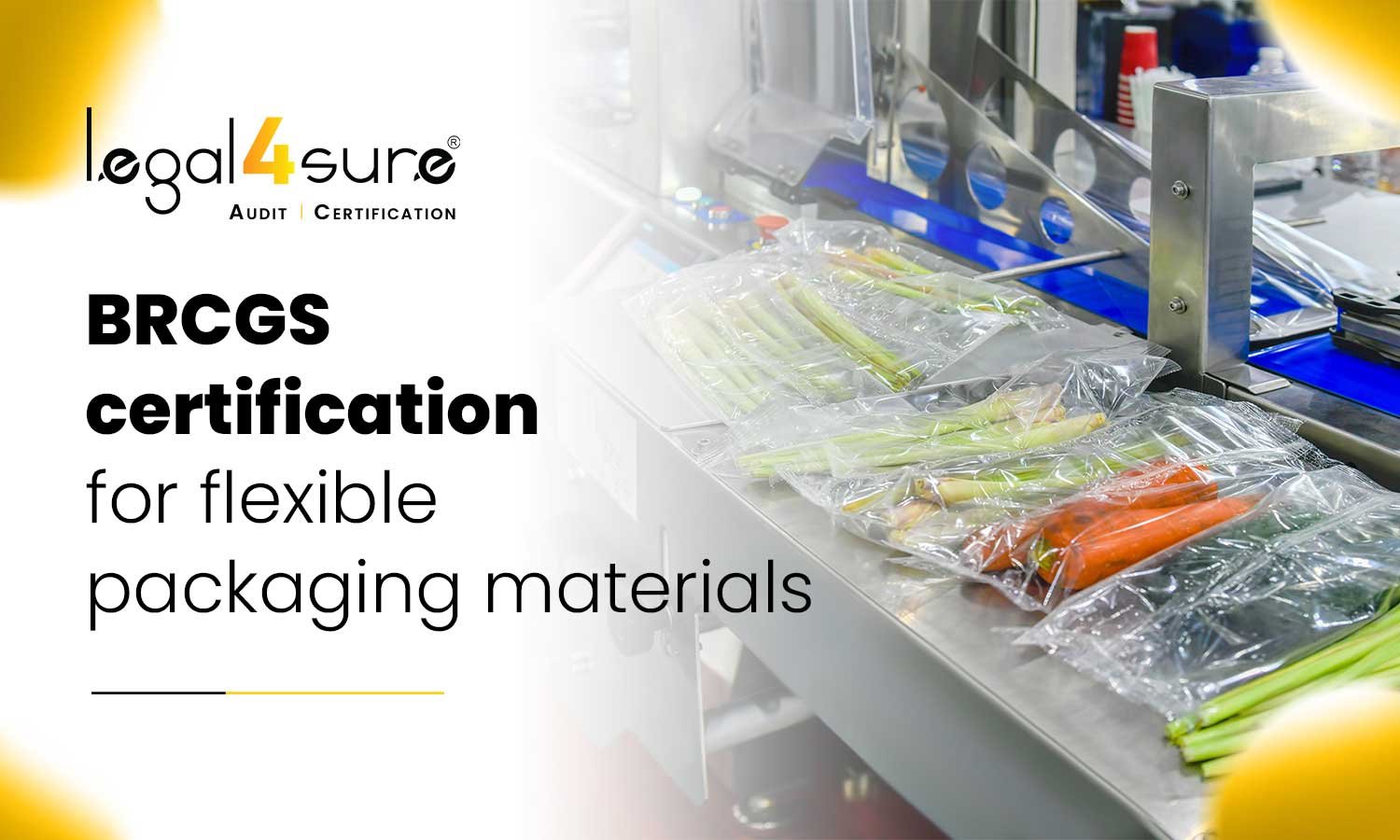Preparing for a BRCGS audit in multi-location factories takes more than just commitment. When dealing with multiple sites, it can be extremely difficult to maintain consistent safety and quality food practices across all locations. Each factory must be able to meet the BRCGS standards on its own. The factories are working under a single system. When coordination is unclear, there will be gaps and overlaps – and that is the first thing an auditor sees. This blog outlines how to prepare for a BRCGS audit for multi-location factories in the simplest and most direct, and actionable way.
Start with a Site-Specific Audit Plan
If you treat all your factories the same during an audit, you’re asking for trouble. No two sites are alike. Their infrastructure, team experience, layout, and local risks differ, and so should your approach.
A solid site-specific audit plan should include:
- Key contact persons and floor leads for each location
- Factory-specific hazard assessments, especially for CCPs
- Known problem areas from past audits or internal reviews
- Equipment differences and unique process flows
- Required documents and records specific to each site
Customizing your audit plan means you aren’t forcing a one-size-fits-all checklist. You’re giving each unit exactly what it needs to prepare for the audit.
Common BRCGS Audit Challenges in Multi-Factories
Most failures in BRCGS Audit for Multi-Location Factories don’t come from hygiene issues. They stem from coordination gaps and inconsistent documentation. Auditors will always check how well your head office knows what’s happening on the floor of each plant.
Some common challenges include:
- Conflicting SOPs across different factories
- One site is using an outdated version of the quality manual
- Missing calibration records or untrained staff at smaller units
- Paperwork that reports one thing, but the floor shows another
- Vague root cause analysis during corrective action reporting
Avoid these pitfalls by aligning your multi-site quality management system across all units, not just on paper, but in practice.
Set Up a Multi-Site Quality Management System That Works
This is where most companies either excel or fail. A strong multi-site quality management system is key to succeeding in a BRCGS Audit for Multi-Location Factories. It’s not just about storing policies in one cloud folder; it’s about having real-time control over how each site manages food safety, traceability, and deviations.
To make your system effective:
- Assign quality leads at each site who report to one central coordinator
- Centralize document control but allow local teams to update records
- Train teams on how to escalate issues site-wise without delay
- Review internal audit findings together as a group, not separately
- Monitor trends across all units, not just the main plant
When each site can show that it’s not just compliant but also consistent, your audit process will go much smoother.
Checklist for BRCGS Audit Preparation in Multi-Site Factories
Before the audit, run through this simple checklist for BRCGS audit preparation in multi-site factories to catch small gaps across sites. It helps you fix what matters before auditors find it and turn it into a non-conformity.
- Does each site have updated SOPs and manuals in place?
- Are cleaning and maintenance logs available and verified?
- Are food safety records, like CCP monitoring logs, current?
- Are traceability trials completed and documented at each site?
- Are complaint handling and product recall mock drills specific to each site?
- Has an internal audit been conducted at every location recently?
- Are all shifts trained on their roles in the audit process?
Getting certified across multiple sites isn’t easy. But with the right prep, a BRCGS Audit for Multi-Location Factories becomes manageable. Just stay consistent, plan smart, and treat each unit like it’s the one being audited.
Best Practices for BRCGS Success in Multi-Site Operations
Success in a BRCGS Audit for Multi-Location Factories depends on how well you manage time, teams, and data across locations. You can’t be at all factories at once, but your systems can be effective.
Here are five best practices that work in real audit scenarios:
- Rotate internal audit teams across sites to catch blind spots
- Run audit readiness drills at each unit separately, not as a group
- Use shared platforms for record-keeping with time-stamped entries
- Standardize root cause analysis formats for NCs across sites
- Log and review site-specific improvements centrally
These steps make your audit process scalable, especially if you’re aiming for certification across three or more sites.
How to Prepare for BRCGS Audit When Teams Are Spread Out
Training one QA team takes effort. Coordinating five or more involves clarity, planning, and teamwork. The most effective approach to preparing for a BRCGS Audit for Multi-Location Factories is to begin early and establish consistency across every location.Use group calls, shared training materials, and live problem-solving exercises to align all plants.
If teams are unclear, conduct site visits or designate a quality champion who travels across factories during the audit season. This approach ensures that no unit feels disconnected. Everyone knows what’s expected, what’s unique at their site, and what auditors are likely to ask.
Read more: How To Prepare For A BRCGS Audit?
Food Safety Audit for Multiple Sites Requires Unified Leadership
You can’t pass a food safety audit for multiple sites with only compliance. You need clarity and ownership. Auditors often ask: who’s responsible if something goes wrong in a plant 200 km away? If your answer is not clear, they will assume your control is weak.
Here’s how to showcase strong leadership:
- Identify audit leads at each plant with defined roles
- Document the communication flow from the plant to HQ
- Track CAPA closures with deadlines and accountability
- Include audit performance as part of each unit’s KPIs
When each unit operates like part of one cohesive system, you gain confidence and trust from both auditors and global buyers.
Legal4sure Turns Multi-Site Chaos into BRCGS Confidence
At Legal4Sure, we help factories build audit-ready systems across every site, not with templates, but with smart planning, real training, and site-specific strategies that work. If you’re serious about passing the BRCGS Audit for Multi-Location Factories, we’re the team to call.
Book a call. Get clarity. Fix what matters. +91 9870304757
FAQs on BRCGS Audit for Multi-Site Factories
Q1. Can one failed site impact the entire group’s BRCGS certification?
Yes. In most group audits, if one site has serious issues, it can delay or impact the certification of the entire group.
Q2. How early should we start preparing for a BRCGS multi-site audit?
Ideally, start 3 to 4 months in advance. This gives you time to review SOPs, conduct internal audits, and fix any gaps.
Q3. Is it necessary to train all shift staff at each location?
Absolutely. Auditors often talk to operators directly. If they don’t understand the process or food safety risks, that’s a big concern.
Q4. What happens if two factories have different HACCP plans?
There is no issue in having differences between sites if those differences are justified, documented, and useful regarding product risks. Do not force uniformity where it does not make sense; auditors like to see honesty, not random patterns to fit a one-size-fits-all process.
Q5. Can expert consultants improve our chances in BRCGS multi-site audits?
Yes, and it often makes a big difference. At Legal4Sure, we support factories with multi-location operations by identifying weak spots, standardising documentation, and ensuring every site is aligned with BRCGS requirements. External input helps you avoid surprises during audits.

